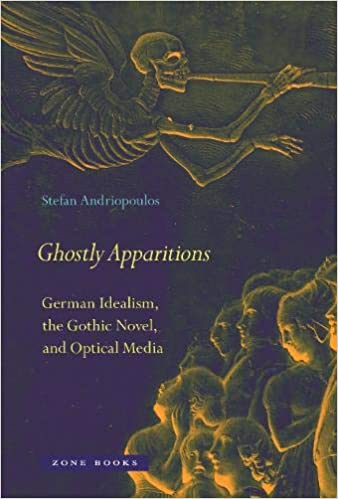Pornotopia: An Essay on Playboy’s Architecture and Biopolitics
 Hugh Hefner, the creator of Playboy magazine and the media and entertainment-industry giant it became is no longer with us. No matter what is your stance on what started as an anachronistic alignment with the sexual revolution and as a counterpoint to the post-War narrow minded new world, there are undeniably a lot of facts to what it became and the fact that it for better or worse coined the imagery of America.
Hugh Hefner, the creator of Playboy magazine and the media and entertainment-industry giant it became is no longer with us. No matter what is your stance on what started as an anachronistic alignment with the sexual revolution and as a counterpoint to the post-War narrow minded new world, there are undeniably a lot of facts to what it became and the fact that it for better or worse coined the imagery of America.
Beatriz Preciado’s Pornotopia is an examination of the that goes far beyond shedding light on what became multi-format cultural institution Playboy became known for and the attitudes it spurned. Preciado angle is about architecture physically controlling and constructing “techno habits”, i.e. the influence architecture exerts on the modification of gender roles and how interior spaces become sexualized topos. By forensically examining what became known as the stereotypical Playboy pad, Preciado illustrates how a forcefield was created that had exerted a tangible influence specifically on the male psyche.
It is astonishing to realize the effects Playboy and its aftermath had on the Western culture – not merely on its aficionados but society at large, which is exactly Prediado’s point as being a transgender and queer activist, she also thought that Playboy had no impact on her personal life before.
Using Hugh Hefner’s antics and his relationship to architecture as a lens, Preciado does not merely revisit the porn-exploitative versus porn-empowering debate, but tackles the subject from the angle of taking it seriously as societal phenomenon and the hegemonic heterosexual masculine space it constructs within a capitalist society it enables, manifests and the new version of a masculine soul, i.e. the hedonistic indoors man it helped to sculpt, which stripped feminine features off the walls of what became known as the utopian bachelor pad and stereotypical “Playboy home”.
Preciardo brilliantly makes her point by observing the features of a haven that shielded the single male from both the demands of domesticated women as well as a heterosexual obsession with technology to counterpoint the merits of what was previously held in high esteem about outdoorsy men: The post-domestic abode of aged teenagers.
Based on this approach, Preciado ventures on to vividly portray the impact Playboy’s pornotopia had on technology and the inner workings of society to this day and age, no matter if it was openly followed as a way of life or merely lived through by purchasing the magazine.
An in-depth and rigorous analysis that covers much more ground and goes deeper than the architectural title suggests as one cannot help to question the origin of things that might have been considered status quo ever since.
Ghostly Apparitions: German Idealism, the Gothic Novel, and Optical Media
Zone Books
 Ghostlike appearances in a genre of fiction that is intrinsically characterized by an atmosphere of mystery and horror along with a medieval setting sound like an integral ingredient and stylistic device. No surprises here, especially if you are familiar with the more prominent representatives of the gothic novel.
Ghostlike appearances in a genre of fiction that is intrinsically characterized by an atmosphere of mystery and horror along with a medieval setting sound like an integral ingredient and stylistic device. No surprises here, especially if you are familiar with the more prominent representatives of the gothic novel.
Where it gets interesting with this tome is when parallels are drawn to modern times and the applications of modern media, where apparitions are no longer merely rooted in superstition but become part of a new reality that results from the merging of the known and the invisible.
Andriopoulos examines the intersections of literature, occultism, philosophical thought and technology to extract what forms the foundation of modern imagination.
Stefan Andriopoulos makes some interesting connections observations, especially regarding his deconstruction of the philosophers Schopenhauer and Kant, and sheds light on both historical as well as developments in the world in literature that have been spurned by philosophical revelations as well as the development of technical devices like the emergence of radio and television, there are some brilliantly deduced insights.
What would have rounded out Ghostly Apparitions: German Idealism, the Gothic Novel, and Optical Media, would have been a more coherent conclusion that the tome culminates in.